Every year, the figures are eagerly awaited. Every year, the International Federation of the Phonographic Industry (IFPI) report reveals data and identifies trends, particularly in music streaming. Industry professionals scrutinize the document, seeking to answer a number of questions: What are the market trends? What are the growth sectors? Is AI really a threat? Music streaming revenue: Is it growing or slowing down?
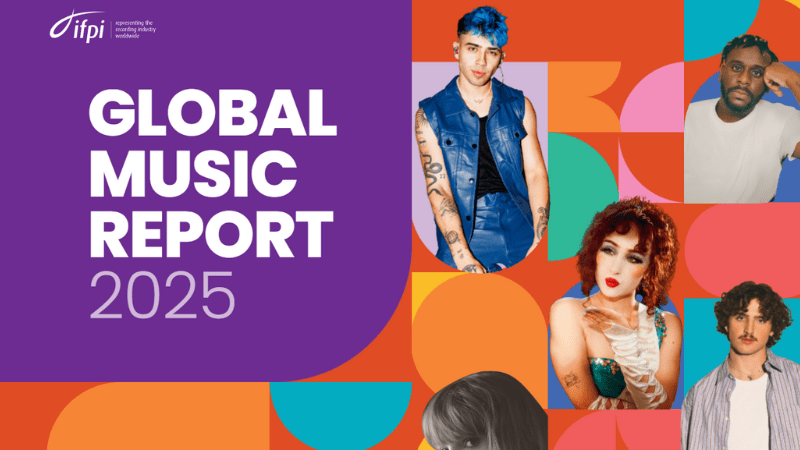
Let’s analyse everything!
Music streaming revenue: is it growing or slowing down?
First, if you want to read the full IFPI report, click here.
Let’s delve into the heart of the matter. Music streaming revenue is on a positive trajectory, showing signs of robust growth. This is a testament to the resilience and potential of the music industry in the digital age. The statistics have been rising for the last ten years. It proves that the industry has a bright future ahead of it. But not without some challenges and slower growing sectors.
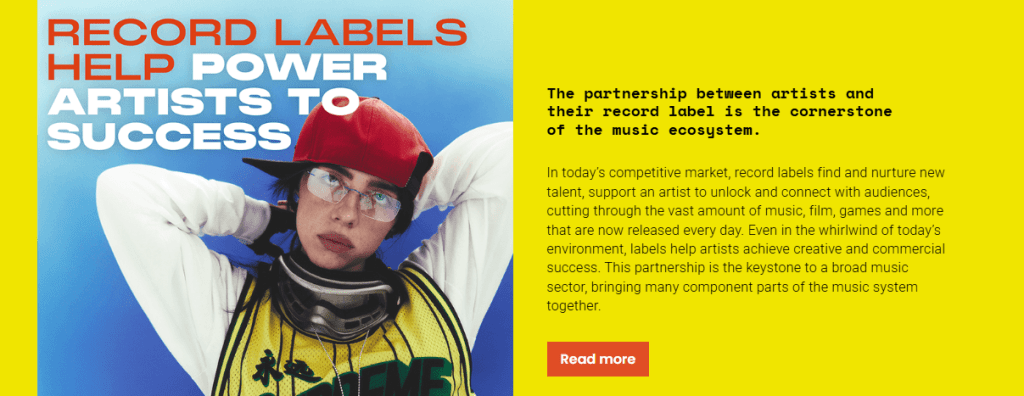
Paid music streaming is one of the main drivers of this increase, with a growth of 9.5%. This brings the total number of accounts created worldwide to 752 million, including paid and unpaid subscriptions. This growth was driven, in particular, by a 10.6% increase in paid subscriptions compared with 2024.
These figures further prove the importance of music streaming since its emergence in the early 2000s. More than ever anchored in consumer habits, music streaming is a colossal financial windfall for the record industry. IFPI data proves it! For the first time in the history of this report, streaming revenues have exceeded 20 billion dollars. This represents 69% of the total revenues the music industry generates worldwide. Soundiiz has some major work to do if, one day, the 752 million people with accounts on Spotify, Deezer, Apple Music, YouTube Music, TIDAL, or Amazon Music decide to switch platforms! We’re joking, but…752 million is A LOT of people, right?
The physical market case
This continued growth of the music streaming market is not without consequences. The physical music market, meanwhile, is down in 2024, at -3.1%. Both CD sales and music video revenues are down. With one notable exception: vinyl sales continue to rise, with 4.6% growth. This is hardly surprising. More and more artists are now releasing their music on vinyl. They are aware that their most committed fans are attached to the objects are are trying to create a one-to-one relationship, critical in our digital age.

Another good news: global rights performance revenues rose by 5.9%, with a total of 2.9 billion dollars redistributed. This comes against a backdrop of major discussions on artist remuneration. These figures, encouraging though they may be, don’t mean much. The biggest artists are the ones to reap the lion’s share of these billions. At the expense of more confidential artists! For the fifth time after 2014, 2019, 2022, and 2023, Taylor Swift is the artist selling the most albums. Domination!
Music streaming revenue: is it growing or slowing down? The answer remains positive!
The music streaming industry is growing…but at a slow rate
The music streaming industry, despite its slow growth rate, remains a resilient force in the digital music landscape. The steady increase in figures, even if not as rapid as before, is a testament to its stability and enduring appeal.
The trend has been in the air for some years now, and the new IFPI report confirms it. While the figures are still growing, their rate is slowing down, and 2024 is no exception. With 4.8% growth, the figures are not alarming, but they do confirm what is happening, with the fear of a tipping point, a point where the growth rate becomes so slow that it could potentially lead to a decline. The USA and Canada, two of the major markets, are experiencing more limited, albeit positive, growth, and are pulling overall revenues down.
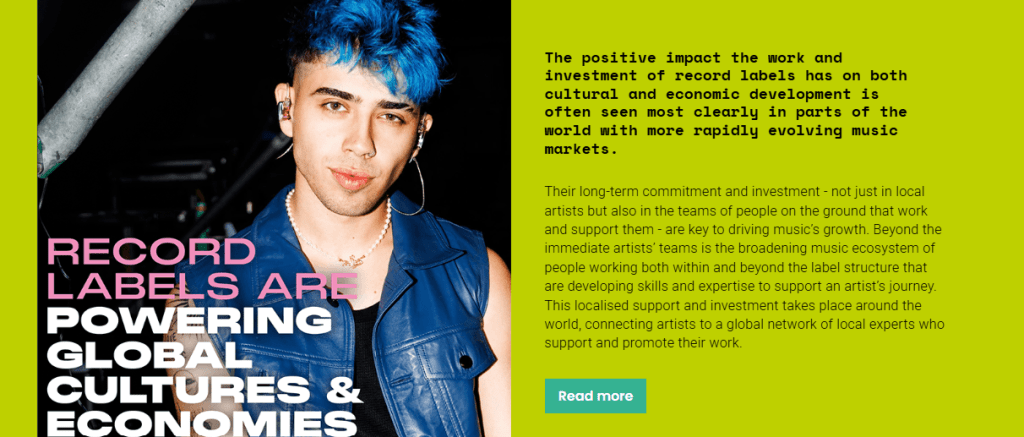
Streaming platforms continue to win new subscribers, but to a lesser extent than they did in their heyday. With hundreds of millions of users, are streaming services on the verge of reaching a glass ceiling, with demand almost entirely covered?
Free platforms?
While many users are still to be converted, there is no doubt that this trend will continue. Especially if we remember that the last few years have seen the development of illegal streaming platforms or at least those that play on a legal loophole. Offered free of charge, based on data recovered by skilfully circumventing notions of intellectual property and copyright, they have attracted millions of users. These users don’t want to pay for a subscription to Spotify, Apple Music, YouTube Music, Amazon Music, or Deezer, so they turn to these illegal services, which manage to remain downloadable for many months, even years before the legal system kicks in and shuts them down.

They represent a potential financial loss for many platforms, and as soon as one disappears, another one seems to appear. With subscription prices on the rise across the board, these platforms represent a threat to an already slow-growing consumer base, as they divert potential paying customers away from legitimate platforms, thereby reducing the revenue potential for the industry as a whole.
Music streaming revenue: is it growing or slowing down? The AI threat
A review of the music industry would be incomplete without dwelling on the subject on everyone’s lips: Artificial Intelligence. On this point, the discourse is nuanced. While the IFPI recognizes the power of AI and its ability to revolutionize the relationship between listeners and artists while potentially boosting creativity, the organization is concerned about developing models that do not respect copyright. By basing itself on existing songs to create new ones, AI does not redistribute anything to rights holders, creating models that could get out of hand and greatly penalize artists whose financial situation is sometimes unstable.
Warnings
Part of the report’s presentation was devoted to warning of AI’s dangers, a sign that the industry is taking these technologies seriously and urging players to address potential problems.
IFPI Chief Executive Victoria Oakley declared: “Record companies have embraced its potential to enhance artist creativity and develop new and exciting fan experiences. However, it is very clear that the developers of generative AI systems’ ingesting’ copyright-protected music to train their models without authorization from the rightsholders poses a very real and present threat to human artistry”.
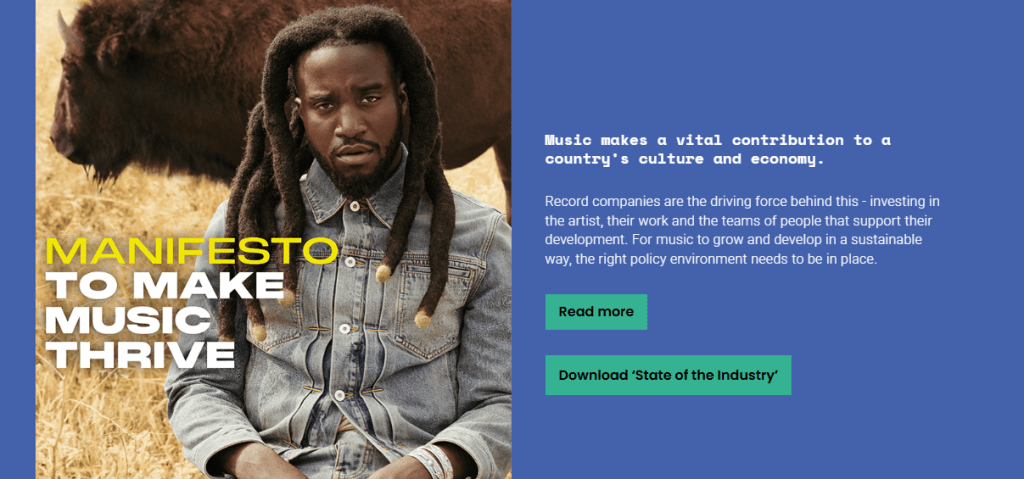
Victoria Oakley went on to say that the IFPI was working with the major players in the industry to establish clear copyright rules, enabling everyone to use AI wisely and with respect for copyright. There’s no doubt that in 2026, by the time of the IFPI’s new report, copyright owners will have their eyes riveted on the consequences of 2025 for artistic creation.
Middle East and North Africa: a strong growth!
Among all the growth regions, two show particularly encouraging signs. The figures show growth of 22.8% in the Middle East and North Africa. Sub-Saharan Africa follows closely at 22.6%, with Latin America just behind at 22.5%. These impressive figures show that music from these regions has penetrated the entire world and that the policies of innovation and investment undertaken by local players in these regions are bearing fruit.
In Europe, a continent that accounts for around 25% of total record industry revenues, growth is undoubtedly solid but well below the zones mentioned above, with “. There was an 8.3% increase, while Australia recorded growth of 6.4%.

Are these zones on the verge of reaching a plateau? It’s not illogical that gaps are widening between countries where music streaming has enjoyed widespread exposure over the past twenty years and others where technological innovation and financial investment have been more timid and less massive. A catch-up effect is therefore expected, and the trend should be confirmed next year. This also indicates that labels and streaming platforms must continue to invest in high-growth markets.
Perspectives
During panels with major labels and industry leaders, several trends emerged. Universal Music Group (UMG) emphasized the recent development of artist-centric models we mentioned in this article. Based on fairer remuneration for artists and a more equitable redistribution of music streaming revenues, the artist-centric model is, according to UMG, at the heart of innovations for the years to come. This is a positive indication that things could finally be changing and that the major players in music streaming are working in this direction.
A trend ic Chairman Rob Stringer: “While confirmed this trend we are supportive of technological change that helps bring music to fans everywhere around the world it only, seems reasonable that artists be paid appropriately for their endeavors”.
Grow, yes, but not at any price?
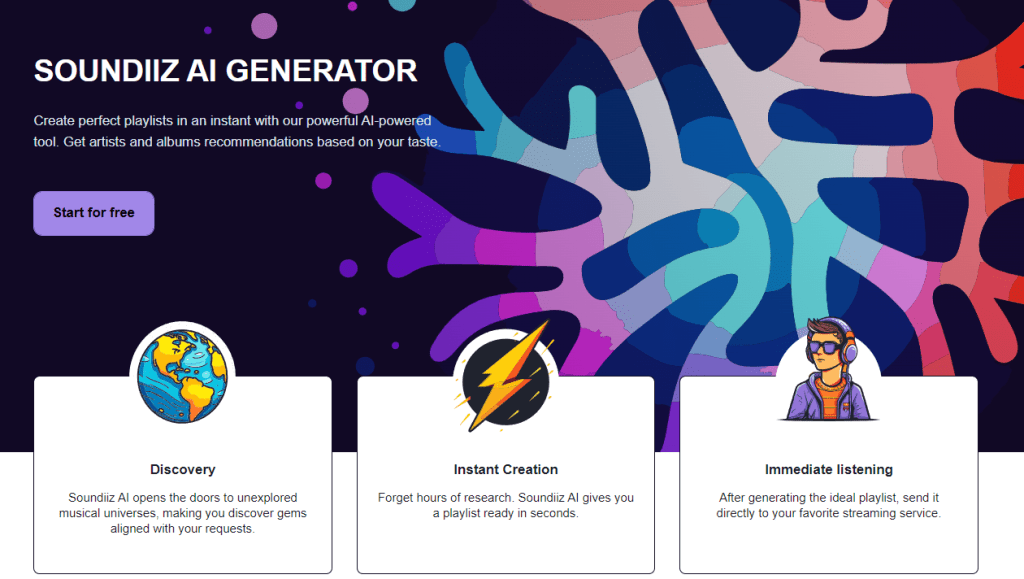
While we await the IFPI report for 2025, you can use Soundiiz’s services to transfer all your data from one platform to another! You can also download your data, import it, create playlists with our Artificial Intelligence tool, build effective Smart Links, and simply manage all your streaming data on a single platform.



